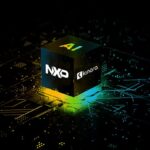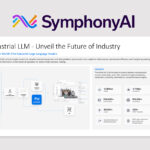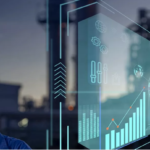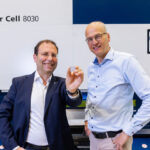ASIA ELECTRONICS INDUSTRYYOUR WINDOW TO SMART MANUFACTURING
For NXP, Rapid AI Growth to Make More Impact at Edge
NXP Semiconductors took the keynote stage at COMPUTEX 2025 in Taipei, Taiwan and underscored the importance of artificial intelligence (AI) for an autonomous future. Moreover, to leverage its immense potential, it has to be in the edge.
Jens Hinrichsen, Executive Vice President and General Manager of Analog and Automotive Embedded Systems at NXP Semiconductors, said this year alone, the world is likely to hit 180 zetabyte of data. In fact, he said the world has created more data in the last three years “than in our entire human history” and with no signs of slowing down.
“We need intelligent data processing next to where the data is created next to where the data is created. That is in the edge where the AI meets the physical world so AI at the edge has actually quite a few benefits,” said Hinrichsen in his keynote.
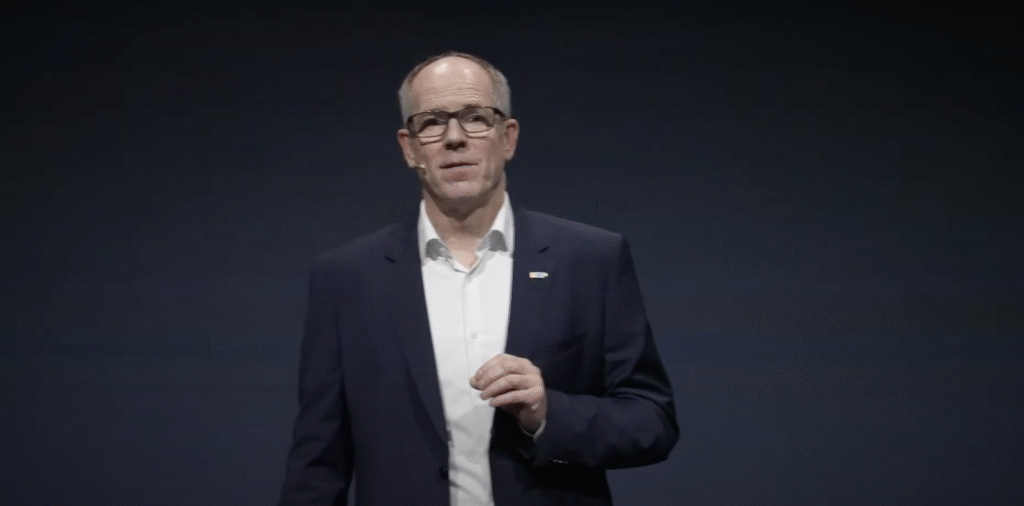
“The autonomous world, a world of machines that anticipate and automate machines that sense, think, and collaborate and perform complex tasks all by themselves…This autonomous future will make us more productive it will make us more sustainable safer because of AI,” he added.
Benefits of AI at the Edge
Hinrichsen cited as an example wherein a modern car may generate up to 4TB of data everyday. He said it is not about reducing the data volume but how to process the data and extract its true value.
Thus, sending all the data to the cloud for real-time decision making is simply not feasible because of latency and cost as well roughly a thousand times more bandwidth. Moreover, Hinrichsen said “our physical world” is just too vast to be uploaded to the cloud.
“So the solution is we need to bring AI to the edge and make AI useful for our day-to-day life so edge AI will break us free from encapsulated cloud-based use cases.”
Another benefit is real-time capability of the edge. Specifically, a self-driving car in heavy traffic, or a real-time traffic control in a smart city, or smart watches detecting a health anomaly would require immediate response. These are among the scenarios which Hinrichsen said would require immediate response at the edge to avoid the roundtrips to the cloud.
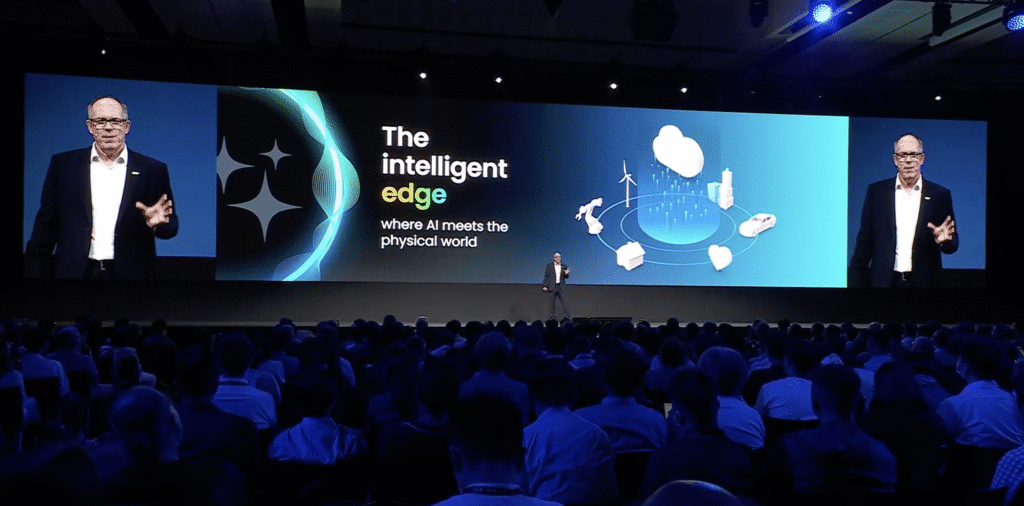
At the same time, he said edge hardware is also optimized for energy efficiency compared with sending a single bit of data to the cloud.
Most importantly, edge AI, Hinrichsen said, reduces cyber security risk as it processes data right where it is generated. This is because data are distributed into many edge devices and not consolidated in one particular place in the cloud.
Rapid Evolution of AI
In his keynote, Hinrichsen also noted the rapid evolution of AI, which started from pure perception AI with objection detection, computer vision, and speech recognition capabilities.
In comparison, generative AI, where context such as images, codes, texts are created towards agentic AI that senses, thinks, acts, and learn – practically like humans. Thus, the sytem becomes human companion, which Hinrichsen is the real value of edge AI when full autonomy comes.
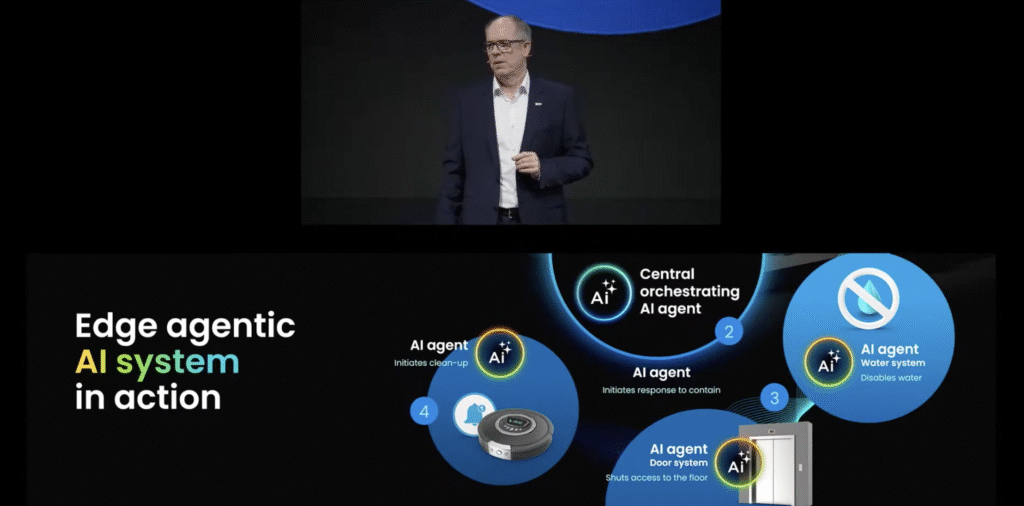
With the rapid evolution of AI, implementation of AI may no longer just be in the edge or the cloud but also in local network edges or what Hinrichsen said “near edge”.
“This is actually a local network edge and that could be a local edge AI hub or maybe a local interference server, a local cloud so to speak, that has compute capability to run the more complex agentic AI systems while then the smaller more optimized AI agents run on the edge devices,” said Hinrichsen.
“In reality, we will always see the cloud and the edge coexist augmented by a local network edge and then also the realization of AI in the edge or in the cloud is not a binary choice,” Hinrichsen added.
In summing up his keynote, Hinrichsen said AI brings impactful intelligence to the edge as it accelerates faster at the edge than ever before. He added autonomous edge is the next big thing and agentic AI will show the way.
“It’s human inspired to think act and learn but autonomy scales only when we can trust it so it must be built with safety and security. It takes an ecosystem to build it and this is basically how we make the autonomous future a reality,” said Hinrichsen.

